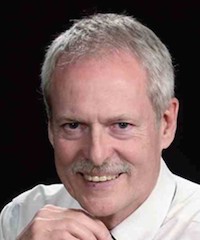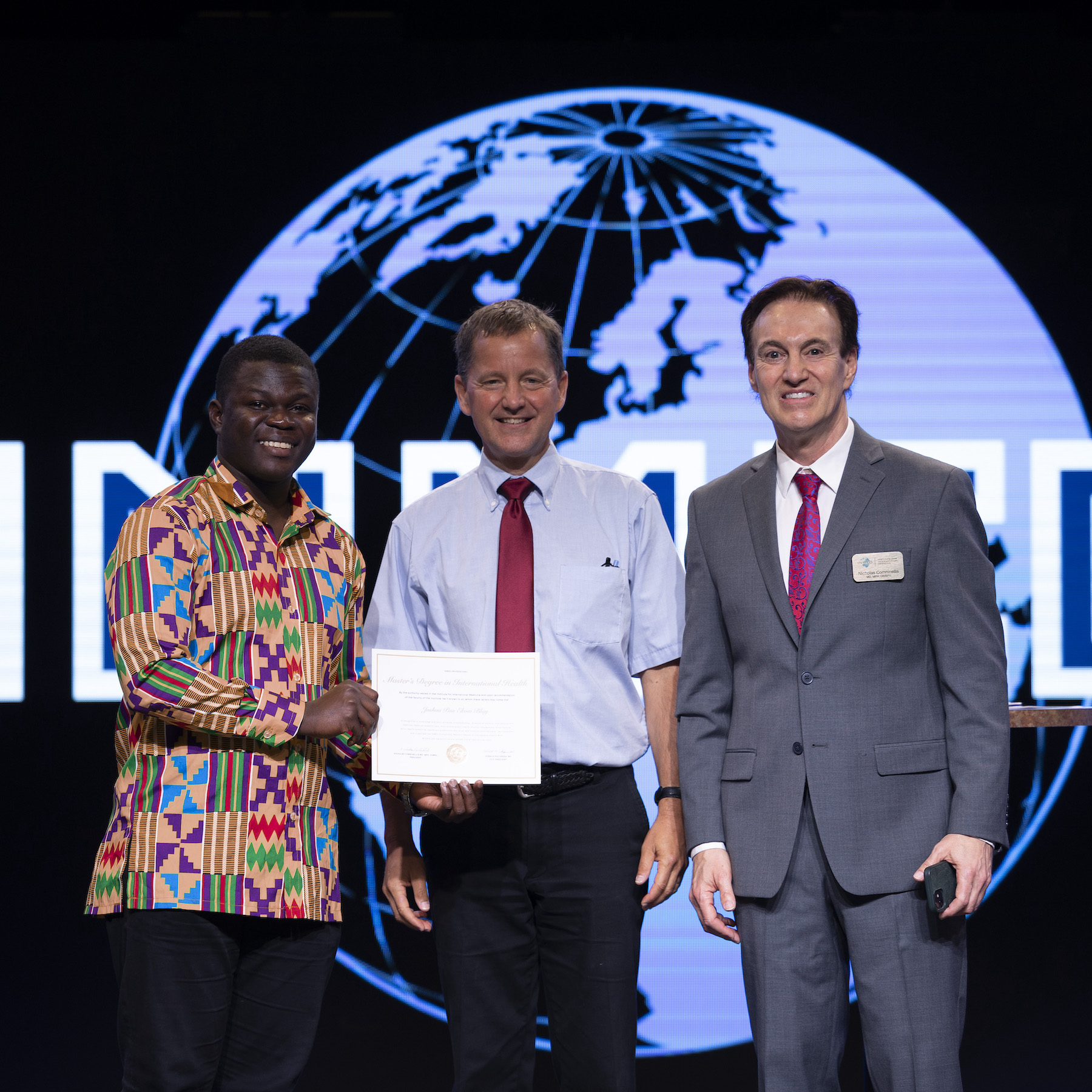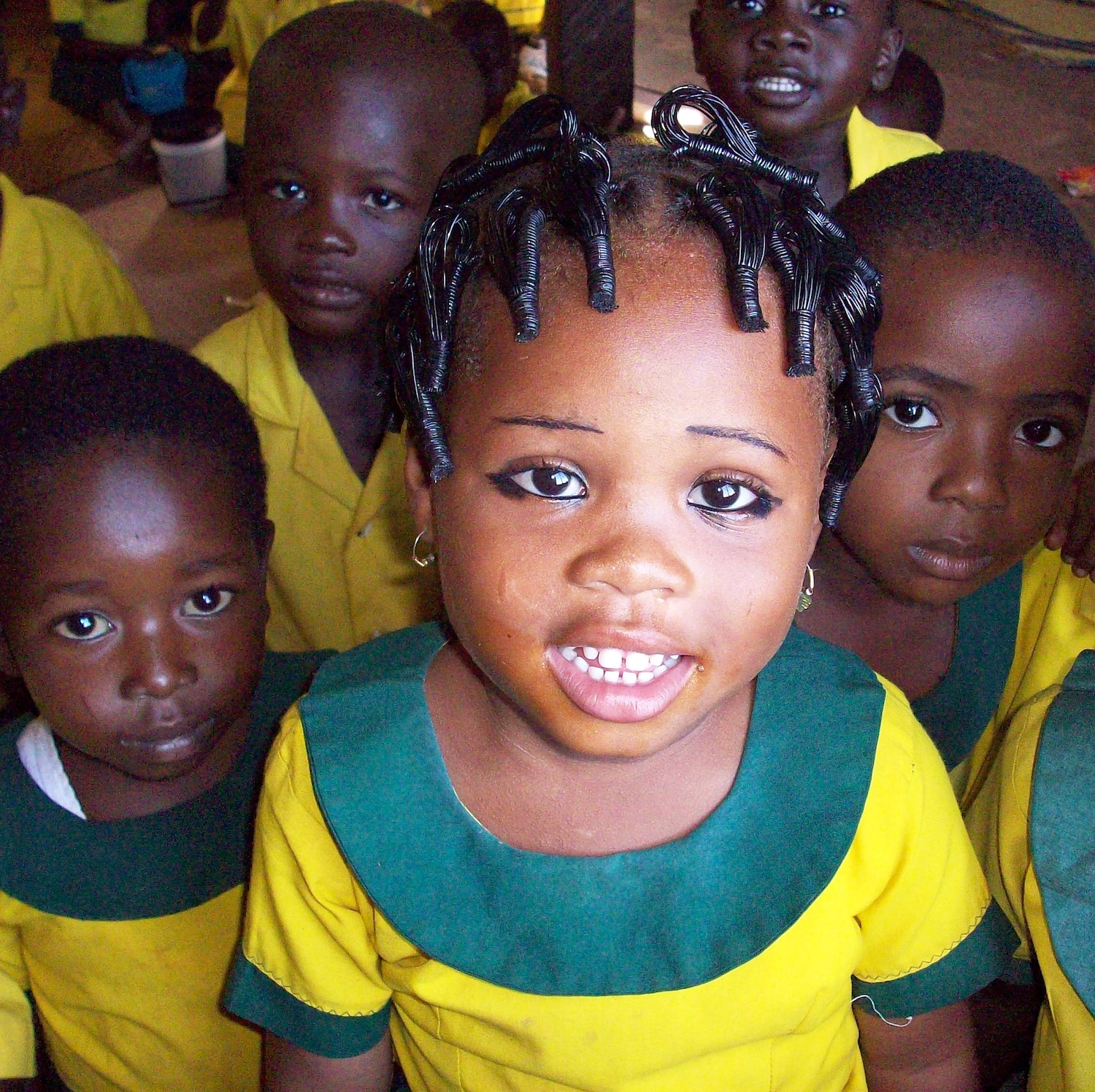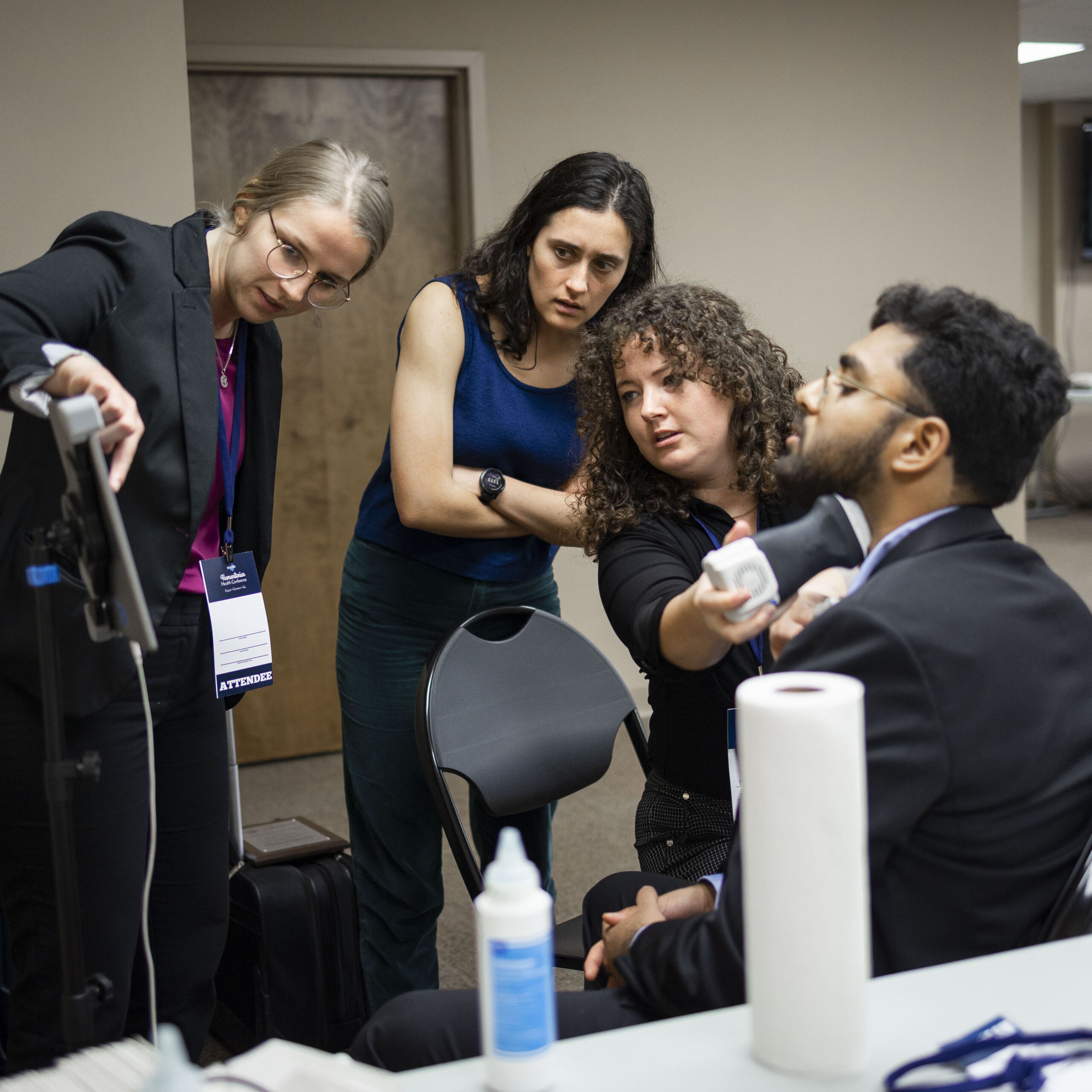Barry Bacon
INMED Blog

Hello! My name is Barry Bacon I am a practicing physician and I’m starting my INMED service-learning in October 2023.
- CEML Hospital
- Angola
- Master's in International Health
Blog Posts
The Last Patient on the Last Day
I’m sitting in the quiet living room of a patient whose home we are visiting. The wall ahead of me […]
Continue ReadingThere’s a Snake in the Lecture Room!
Today is my last full day at the hospital, and I am giving a second training on “Helping Babies Breathe,” […]
Continue ReadingMosquito Wars
Mosquitos, Crochet, and the Cost of Free Medical Care Amanda has declared war on mosquitos in the housing dedicated to […]
Continue ReadingI Have Been Requested to Ask That You See My Grandfather
It was a slow day, frustratingly so. People who weren’t really sick but worried about being sick took much of […]
Continue ReadingFlight to Cavango and Other Adventures
“You Should Talk to Marijn About It” We flew back in the rain, wet, tired, excited to get back to […]
Continue ReadingThe Trip to Kalukembe and Other Tales from Deepest Africa
We’re up and ready to go by 6:15 a.m. The team travels silently to the airport where we wait for […]
Continue Reading“You Have Now Performed a Hemi-Mandibulectomy”
“These patients can exsanguinate,” explained Dr. Annaliese. “That’s why I’ve followed this technique of ripping everything out quickly and getting […]
Continue Reading“I have a Problem Patient”
“I Have a Problem Patient” Today has been a full day of making rounds, changing dressings, performing operations. We begin […]
Continue ReadingShe Has a Pneumothorax
“She has a pneumothorax” I held the xray up to the light emitting from the ceiling and shifted it back […]
Continue Reading


